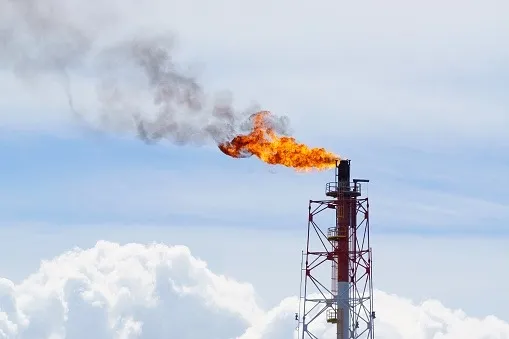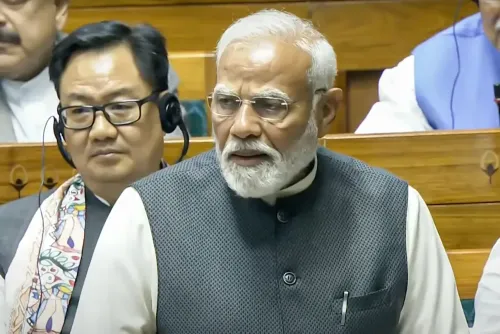How Did Govt and Company Responses to Super-Emitter Alerts Increase Tenfold?

Synopsis
Key Takeaways
- Government and industry responses to methane alerts have increased significantly.
- Real-world data is essential for tracking emissions.
- OGMP 2.0 is a key player in methane regulation.
- 90% of alerts remain unanswered, highlighting the need for action.
- Reducing methane can help mitigate global warming quickly.
Nairobi, Oct 22 (NationPress) In the past year, government and industry reactions to UNEP's over 3,500 satellite methane alerts surged from 1 percent to 12 percent. However, swift action is necessary to limit global temperature increases and meet the Global Methane Pledge's objective of reducing methane emissions by 30 percent by 2030, according to a new report from the UN Environment Programme (UNEP) released on Wednesday.
Historically, emission inventories have significantly underestimated methane emissions, highlighting the importance of real-world data in tracking and mitigating this potent contributor to global warming.
The fifth edition of UNEP's International Methane Emissions Observatory (IMEO) publication, 'An Eye on Methane: From measurement to momentum,' reveals that member oil and gas companies within IMEO’s Oil and Gas Methane Partnership 2.0 (OGMP 2.0) are positioned to monitor one-third of emissions from global production using real-world data.
Despite a tenfold increase in government and company responses to alerts from IMEO’s Methane Alert and Response System (MARS) over the last year, nearly 90 percent remain unaddressed.
Atmospheric methane is the second-largest driver of climate change after carbon dioxide, accounting for approximately one-third of the planet’s warming.
“Mitigating methane emissions can swiftly alter the trajectory of global warming, providing additional time for long-term decarbonization efforts. It is promising that data-driven tools are aiding the oil and gas sector in reporting their emissions and establishing ambitious reduction targets,” stated Inger Andersen, Executive Director of UNEP.
“Nevertheless, to keep the Paris Agreement goals within reach, the notable advancements in reporting must result in tangible emission reductions. Every company should participate in the Oil and Gas Methane Partnership 2.0, and both governments and operators must respond to satellite alerts and take action to reduce emissions,” Anderson added.
The OGMP 2.0 represents the global benchmark for methane emissions measurement and mitigation in the oil and gas industry. It forms the basis for methane regulations in the world's largest purchasing market, the European Union. Over the past five years, OGMP 2.0 membership has more than doubled to 153 companies across various nations, covering 42 percent of global oil and gas production.
In total, one-third of global oil and gas production reports emissions at OGMP 2.0’s Gold Standard, which entails emissions being recorded with real-world measurements. This positions a significant portion of the global industry to effectively monitor and mitigate emissions.
Among the companies that have reported emissions data, 65 companies, representing 17 percent of global oil and gas production, achieved Gold Standard status.
An additional 50 companies, accounting for another 15 percent, reached the Gold Standard Pathway, indicating these firms are on track to achieve Gold Standard reporting soon. Another 22 companies reported emissions data but did not meet the Gold Standard criteria.










